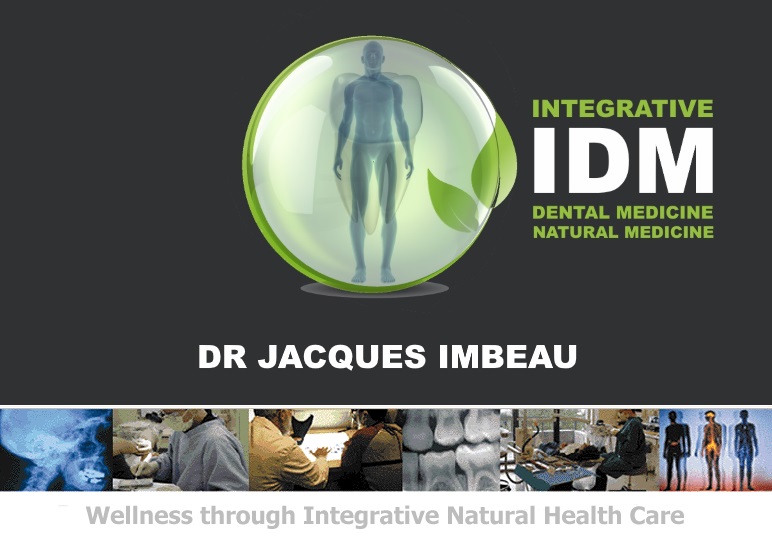Poor
Oral Health Can Be A Stealthy Assassin
|
|
Relationship between oral
health and mortality rate.
J
Clin Periodontal 2002 Nov;29(11):1029-34. Jansson
L., Lavseted S., Frithiof L.
Department
of Periodontology at Folktandvarden Skanstull,
Stockholm, Sweden. leif.jansson@ftv.sll.se
BACKGROUND/AIMS:
Some symptoms of diseases or causes of death are
often related to oral health, especially
cardiovascular diseases. The purpose of this
study was to investigate the relationship between
poor oral health and mortality risk, especially
when cases of fatal cardiovascular diseases were
excluded.
MATERIAL
AND METHODS: An odontological
investigation was made on a sample of 1393
individuals, aged 18-65 years, in 1970 in the
County of Stockholm with a follow-up in 1997,
when the mortality rate and causes of death in
the sample during the time period 1971-1996 were
registered. Oral health was defined as a sum of
scores for number of missing teeth, apical
lesions, caries lesions and marginal bone loss.
RESULTS:
A significant correlation
was found between poor oral health and an
increased mortality risk even when persons dying
from cardiovascular diseases were excluded from
the analyses.
CONCLUSION:
Poor oral health was found to be a risk
indicator of all-cause mortality. The
lack of specificity of the associations between
oral health and mortality strengthens the
hypothesis that the significant correlations
could be explained by not identified confounding
factors.
-------------------
The
association of dental plaque with cancer
mortality in Sweden. A longitudinal study.
BMJ
Open 2012; e001083
doi:10.1136/bmjopen-2012-001083. Birgitta Söder,
Maha Yakob, Jukka H Meurman, Leif C Andersson,
Per-Östen Söder.
Objectives
To study whether the amount of dental plaque,
which indicates poor oral hygiene and is
potential source of oral infections, associates
with premature death from cancer.
Design
Prospective cohort study.
Participants
1390 randomly selected healthy young Swedes
followed up from 1985 to 2009. All subjects
underwent oral clinical examination and answered
a questionnaire assessing background variables
such as socioeconomic status and smoking.
Outcome measures
Causes of death were recorded from national
statistics and classified according to the WHO
International Classification of Diseases.
Unpaired t test, ?2, tests and
multiple logistic regressions were used.
Results
Of the 1390 participants, 4.2% had died during
the follow-up. Women had died at a mean age of
61.0 (±2.6 SD) years and men at the age of 60.2
(±2.9 SD) years. The amount of dental plaque
between those who had died versus survived was
statistically significant (p<0.001). In
multiple logistic regression analysis, dental
plaque appeared to be a significant independent
predictor associated with 1.79 times the OR of
death (p<0.05). Age increased the risk with an
OR of 1.98 (p<0.05) and gender (men) with an
OR of 1.91 (p<0.05). The malignancies were
more widely scattered in men, while breast cancer
was the most frequent cause of death in women.
Conclusions
This study hypothesis was confirmed by showing
that poor
oral hygiene, as reflected in the amount of
dental plaque, was associated with increased
cancer mortality.
________________________________________
Can
oral health problems increase your risk of dying
? Definitely
.
.
|

